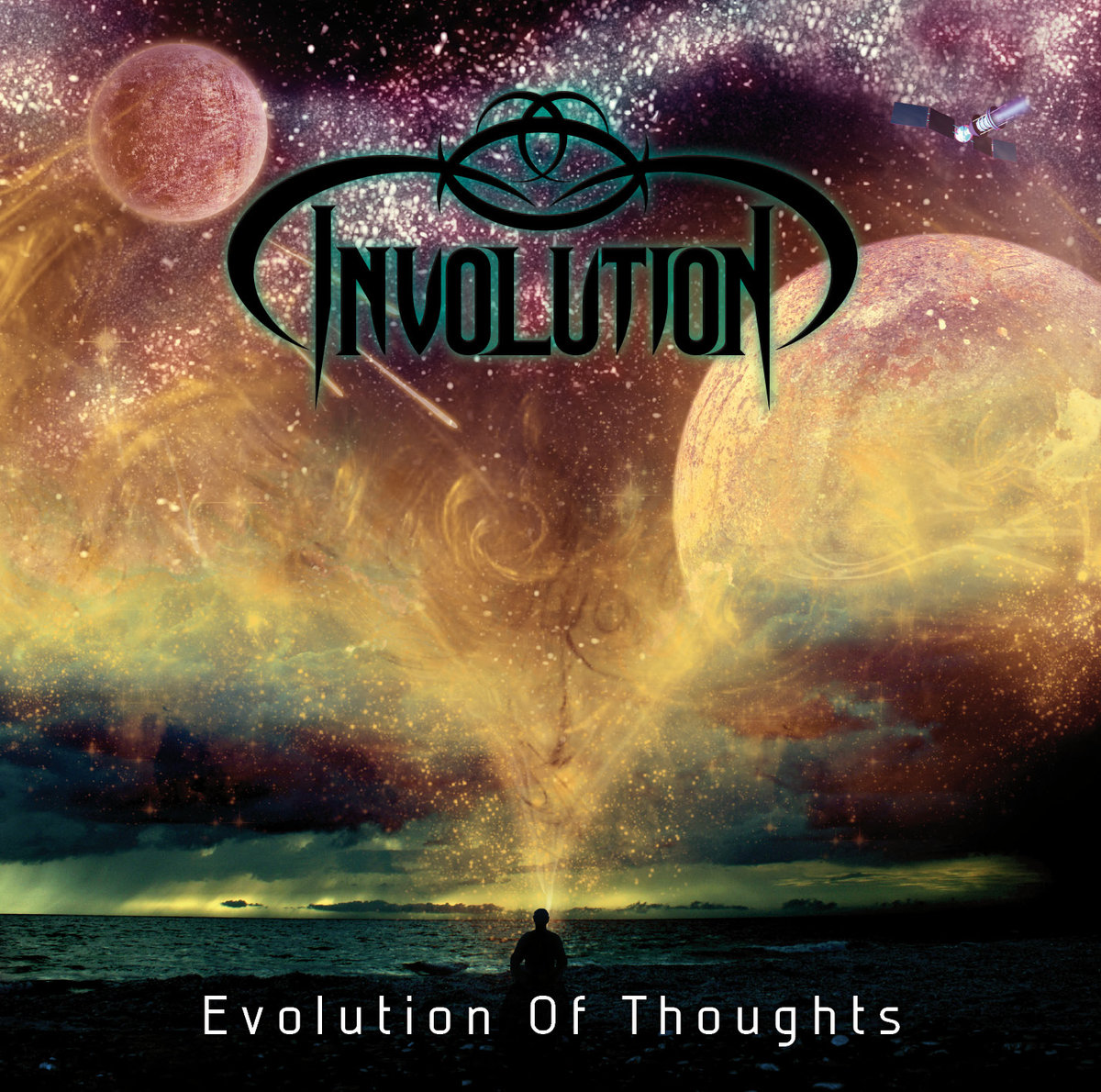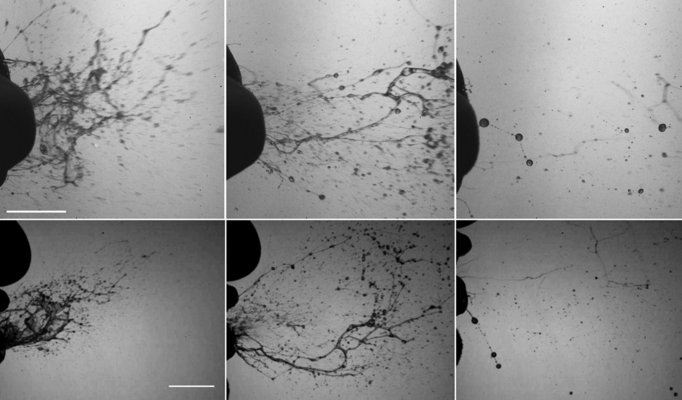
Dr Satish K kapoor
In the Vedic literature, creation has been likened to yajña-a cosmic sacrifice- which Purusha, the Supreme Being, performs of His own volition.
One may discover meaning in the mystical speculations of ancient sages about the origin of the world and life therein, and wonder at their revelations. The Purusha Sukta of the Rigveda (X.90,-1-16) describes the cosmos as the body of Purusha, who ejects the world out of himself . He is metaphorically presented as having thousands of heads, thousands of eyes and thousands of feet, and so on. (Rigveda, X.90.1) ‘From that Cosmic Man, super-luminiscence is born and from super-luminiscence, again the creative factor is born. Expanding, He exceeds the earth backward and forward both.’(Rigveda, X.90 .5) The factor of expansion of the universe, mentioned by a Vedic seer, some millennia ago, was validated in principle by Alexander Friedmann in 1922 and by US astronomer, Edwin Powell Hubble in 1929.
Purusha,called Prajāpati in the Brāhmanas, is Jīva, individual, or Paramātman, Supreme Soul, in the Upanishads, and soul, as opposed to matter, in Samkhya darshana of the celebrated sage Kapila, son of Kardama and Devahuti. Purusha and Prakriti are respectively static and dynamic principles of existence, which lead to creation.
In Hiranyagarbha-hymn of the Rigveda (X.121: 1-10),the mighty creator is Hiranyagarbha (lit. golden egg), who is ‘ source of golden light’, ‘ Lord of divine effulgence’, ‘Lord of all created beings’, ‘the sole ruler of vibrant world’, ‘the protector and supporter of all creatures’, and so on. Hiraṇyagarbha is sometime likened to ‘fire-ball’ of George Lemaitre’s Big Bang theory(1927) – the fire-ball from which the world is said to have ensued.
Swami Vivekananda translated into English, Nāsadīya Sukta–‘ Hymn of Creation’- of the Rigveda, (X.129:1-7) which speaks of the unitary nature of being and non-being : of asat-non-existent- and sat –existent – of death and immortality of darkness and void, of warmth and desire, of the primal seed of mind, and so on. The hymn, one of the finest specimens of earliest mystical thought in human history, explains how existence was sifted from non-existence.
The Pratyabhijna school of Kashmir Shaivism (‘doctrine of recognition’) holds that the existence of the world is like reflection in a mirror. While Adi Shankaracarya regarded creation as māyā, illusion, or at best, as vyāvahārikasattā, an empirical reality, Ramanuja (1017-1137) and Madhvacarya (1197-1276) considered it real, Swami Vivekananda argued that the world is neither real nor unreal but the shadow of truth – it is like an ‘ever moving ripple’ on the ocean of cosmic consciousness. God and creation are ‘two lines without end, without beginning and no parallel.’ The Chhāndogya Upanishad (VI. 8.4) regards Being as substratum of the universe: ‘All these creatures, my dear, have their root in Being. They have Being as their abode, and Being as their support.’
Swami Vivekananda did not regard Charles Darwin as final authority on the subject of evolution. Darwin rejected the Special Creation theory on the basis of fossil records and studies in comparative anatomy and embryology. But his contention that ‘present-day species have evolved from simpler ancestral types by the process of natural selection’, is opposed to sage Patañjali’s view that the transformation of one species into another, is affected by the ‘in-filling of nature’ (prakrityāpurāt – Yoga Sutra – IV.2). Darwin’s laws of the struggle for existence and of the survival of the fittest, are at work in the human and the animal worlds. But while an animal is led solely by instinct, man is guided by reason, and can improve upon his state of affairs. Giving a moral tilt to the argument Swami Vivekananda observed that ‘the highest evolution of man is affected through sacrifice alone.’
Creation is not the work of an extra-terrestrial deity, but is self-manifesting and self-dissolving. Dissolution is as much a part of the eternal play(lila) of God as creation. The primeval matter required for creation was not provided by some invisible agency, but was already a part of prakriti, nature, which evolutes like the spider’s web, as per the Samkhya philosophy explained by Swami Vivekananda. Nature, the causative force behind phenomena, comprises of three elements –sattva, rajas and tamas – which remain in equilibrium till the time of creation, when they mix with one another to manifest in varied forms.
This manifestation undergoes certain stages, starting with mahat or buddhi-cosmic intelligence, out of which emerges consciousness. Out of consciousness are evolved manas – mind –, organs of senses-five of knowledge and five of action (pañca-jñānendriyas and pañca-karmendriyas), and five tanmātrās (particles of sound, touch etc.). Out of these ‘fine particles’ come five gross elements (pañca-mahābhuta). From Citta or mind stuff is generated the vital force prāṇa, which, in its fivefold forms – prāṇa, apāṇa, vyāna, udāna and samāna – along with their subsidiary aspects, governs an organism. All objects of creation thus emerge from ‘permutation and combination’ of cosmic elements, which differ as per their structure and role.
Christianity-cosmology postulates a beginning to the universe, which implies ‘bringing into being’ of something which was not there. The doctrine affirms that ‘the world was created along with, not in time.’ The mainstream Hindu view, however, is that creation was not created at any point of time, but is only a projection of the Infinite, as expressed in the Sanskrit word, srishti.
Basing his view of creation mainly on the Samkhya model, Swami Vivekananda argued at the World’s Parliament of Religions on September 19 1893, that the Vedic theory of creation was in perfect consonance with the laws of science which affirm that the sum total of cosmic energy is the same in all. The question arose, if there was a time when nothing existed, where was all this manifested energy? ‘Some say it was in a potential form in God. In that case, God is sometimes potential and sometime kinetic,which would make Him mutable. Everything mutable is a compound, and everything compound must undergo that change which is called destruction. So, God would die, which is absurd. Therefore, there never was a time when there was no creation.’
In another lecture delivered in San Francisco area, dated April 9,1900, Swami Vivekananda asked with sarcasm : ‘Six thousand years ago God woke up from his dream and created the world (and) before that there was nothing? What was God doing then, taking a good nap’ He argued that everything has a cause, and there never was a time when nature did not exist, because the cause has always existed. But, for argument’s sake, if one admitted that nothing existed at one time, the venture of creation would mean thrusting much more energy into the universe, which was impossible.
The One becomes many when it wills. Evolution is preceded by involution, and vice versa: the causal form evolves into subtle, subtle into gross, and the gross reverts to the causal, in cyclic movement, from manifestation ( pragata-state) to dissolution (pralaya-state) to manifestation once again. The period of one manifestation of this universe, is known as kalpa – cycle or era. At the end of each kalpa, which is divided into 14 manvantra (epoch of a Manu), everything returns to the primal state, where it halts for some time, before throbbing the world of phenomena. Swāmi Vivekānanda did not accept the Buddhist analysis of ‘everything into will’, a point picked up by Arthur Schopenhauer(1788-1860) to explain his ideas. Consciousness lies at the substratum of will, which is in the mind, and when the mind perceives, it wills as reaction.
Swami Vivekananda’s exposition of the Samkhya philosophy impressed Nicola Tesla(1856-1943),electrical engineer and inventor, who said that it was superior to all other accounts and explanations on the subject.
Vedantists hold that various forms of cosmic energy like matter, thought, force, etc., manifest Supreme Intelligence, which one may call, God. Those who speak of the discovery of ‘God particle’ today, seem to be in the wrong. Reason being that there is no particle, element or form , whether seen or unseen, discovered or yet to be discovered, which is not god. God is the building block, building and the one who stays in it. Body, mind, and soul are enveloped by energy-fields functioning in an orderly manner to continue the Lord’s play in infinite time.
Dr Satish K Kapoor, a former British Council Scholar, is a well known educationist, historian, spiritualist and religion-writer. His latest book is Hinduism: The Faith Eternal, published by Advaita Ashrama, Kolkata. Infinityami50@gmail.com.


 South Asian News E-Paper
South Asian News E-Paper Punjabi News E-Paper
Punjabi News E-Paper

















